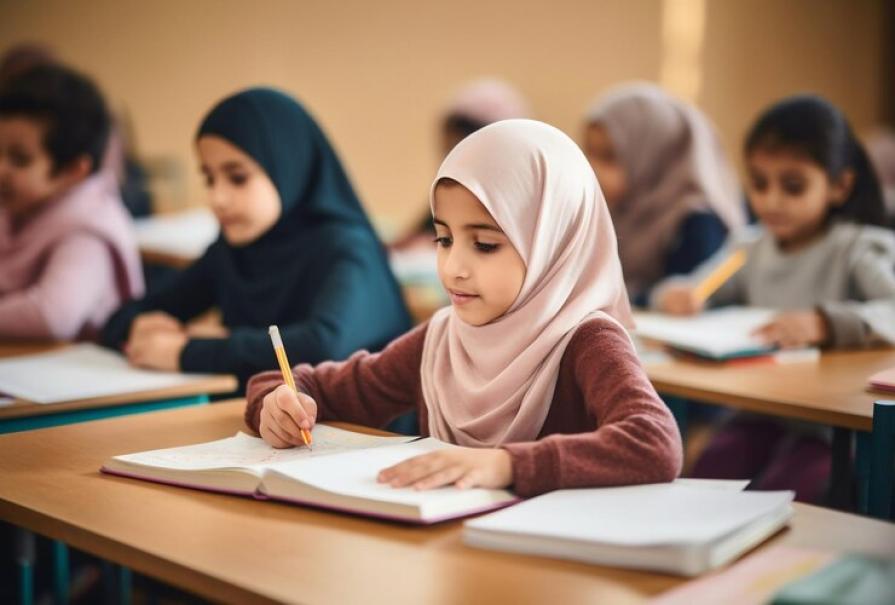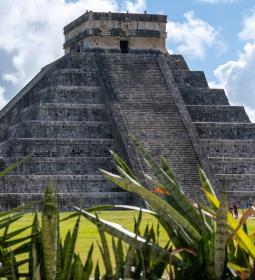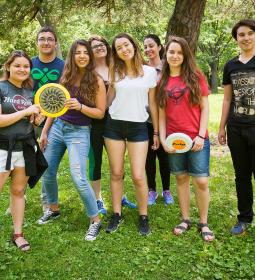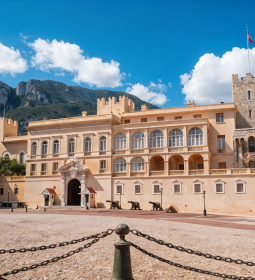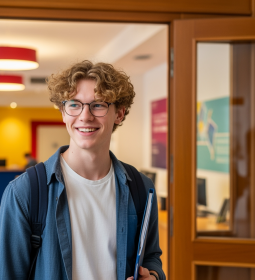Saudi Arabia is a kingdom that is located on the Arabian Peninsula. The country is considered one of the world's largest oil exporters, being one of the founders of the OPEC organization. For Muslims from all over the world, Arabia is the center of the Islamic religion, because here are Medina and Mecca. On the territory of the state, traditions and religious rules have enormous forces and influence, affecting all spheres of life of the local population. Muslim traditions also affect school education, making it interesting for study and familiarization.
Rapid development of the country
Thanks to the money that Arabia earned on the sale of oil, the country began to develop rapidly and successfully in all spheres of society, including education. Back in the middle of the twentieth century, Saudi Arabia was considered the poorest and technologically backward country in its region - more than 90% of the country's population did not even have a school education, almost every first inhabitant could neither read nor write. There were few schools here, and all of them taught only Islamic law and the basics of grammar.

Having received the opportunity to earn on the export of black gold, Saudi Arabia for half a century turned its education system from inefficient to quite developed. Now more than 95% of the population of the Arab state has at least primary education, which has a positive effect on the economy. However, there are still problems with higher education in the country, there is a shortage of highly qualified workers in the labor market. However, officials continue to develop the industry, spending a quarter of the state budget on education – this is significantly more than in many countries of the world.
How to study in modern Arabian schools
If parents want, before school they can send their child to kindergarten - there kids go from 3 to 5 years. Not everyone uses this, because the kindergarten for enrollment in the first class is optional. Parents and other relatives independently raise the baby, accepting help from the older brothers and sisters of the child or hiring a nanny.

When the child turns 6 years old, he begins to go to school. The school year begins in August and ends around the end of April. For first-graders, schools arrange a big holiday for 3 days, introduce them to the teachers and the room itself. Students play with teachers and with each other for 3 days, getting used to the new environment.
Primary school in Saudi Arabia is considered to be grades 1-6, before moving to the 7th grade, the student must pass a transfer test and receive a certificate of primary education. There is a traditional separation of boys and girls: there are different schools for them, which is a consequence of the local way of life.
There is no uniform here, but students must wear traditional white coats, and students - loose opaque clothes that will cover the neck, feet and hands, the girl's hair is covered with a handkerchief. Parents do not have to buy all textbooks, stationery and notebooks for their own money, because all this is bought at the expense of the state, and the school issues at the beginning of the year.

Grades 7-9 is a high school in Saudi Arabia, and the student who graduated from them receives a general education. After that, young men and women can enter another educational institution and receive a diploma of secondary special education.
What they learn in the classroom
According to the law, the maximum number of lessons in local schools is 36 lessons per week. Items can be classified into 4 large blocks:
- 8 lessons per week are devoted to subjects related to religion: quranic interpretation, theology, Islamic law and traditions;
- 7 hours a week children devote to learning Arabic, its rules. In the classroom, they learn to write and read, understand rhetoric and study the works of local writers;
- children spend 10 hours a week in English;
- Children devote 10-11 hours a week to various sciences and creative subjects. Drawing, mathematics, biology, physical education, history, geometry, etc. are classes that are in local schools in addition to the above.

The number of hours devoted to the study of religious sciences and rights suggests that the local society honors Muslim traditions and instills a love of Islam from an early age. The knowledge of Islam is the main direction in the education of Saudi Arabia. Students in schools memorize large passages from the Quran, because the holy book is the basis of the local education system. Schoolchildren devote time to studying religion and rules not only in primary, but also in secondary classes, even in higher educational institutions. Such a system is criticized by some scientists and argue that the focus on religion in education hinders the development of critical thinking in people and prevents the country from creating innovative technologies.
Every day, Saudi Arabia calms down for 30 minutes, because at this time all the inhabitants of the Kingdom begin to pray, and the students of schools also pray. Attendance at the lunch prayer is carefully monitored and is not allowed to be missed by pupils even in elementary school. The schedule of lessons in local schools is drawn up so that children do not leave the building without performing a collective prayer – traditional prayer has united people for many decades.
Attitudes towards girls in schools

Despite the fact that public figures have been trying for many decades to raise the issue of attitudes towards girls and their clothes, the situation does not change much: students and other girls in the country still cannot wear open clothes, do not have equal rights with men, and generally stay away from them. Nevertheless, the state does not restrict women in their education, and now any girl can become an engineer or IT specialist if she wants to get such a profession. However, most Arabian girls do not enjoy the new right and are trained as doctors, educators, teachers and other professions that are considered "female" in the local society.

